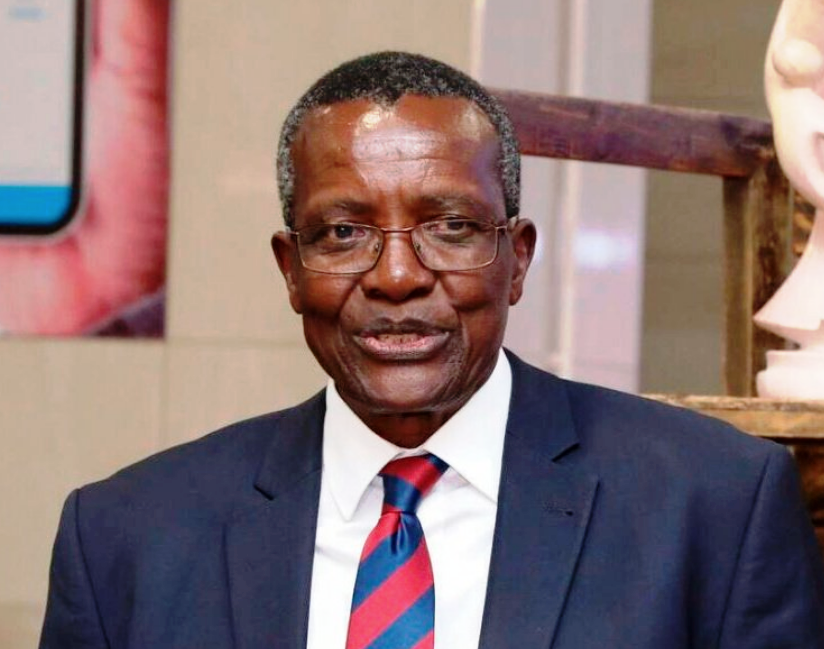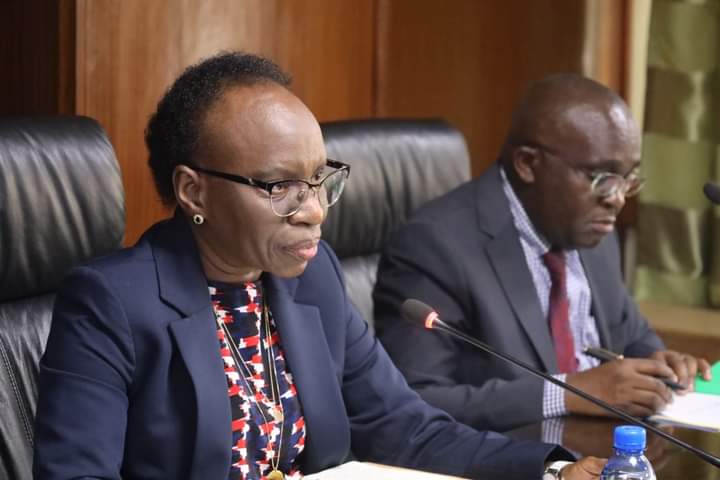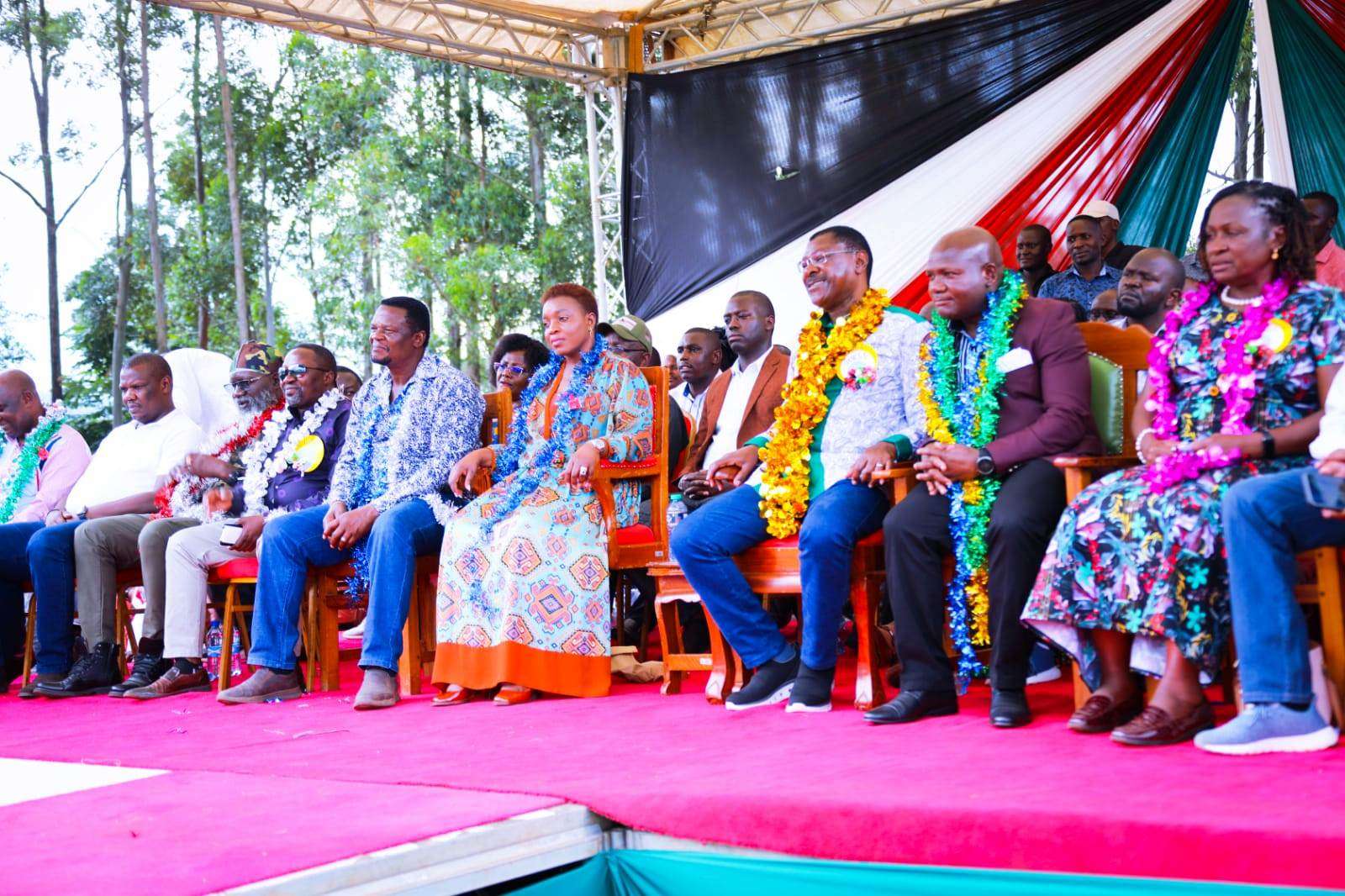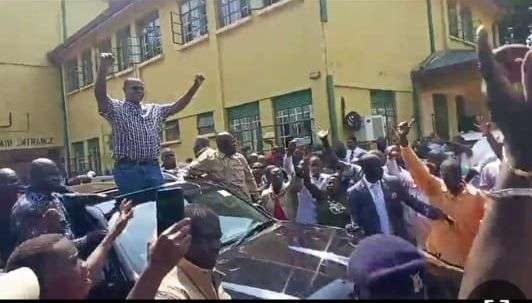By The Weekly Vision Team
Former Chief Justice David Maraga has officially thrown his hat in the ring for Kenya’s 2027 presidential election by announcing his candidacy on TV on 18 June 2025. Citing rampant corruption, police brutality, and the erosion of constitutional rule, Maraga positions himself as a reformist candidate, particularly appealing to the Gen-Z demographic that led protests against the 2024 Finance Bill.
His entry, however, has sparked ripples across the political spectrum, threatening to fracture the opposition and reshape voter dynamics, especially in Kisii and Nyamira counties.
Maraga’s candidacy pits him against former Interior Cabinet Secretary Fred Matiang’i, who launched his presidential bid on 2 May 2025 in Kisii, backed by retired President Uhuru Kenyatta and the Jubilee Party. Both hailing from the Abagusii community, the two candidates risk splitting the Gusii vote, estimated at 960,293 registered voters (637,010 in Kisii, 323,283 in Nyamira, per 2022 IEBC data). This fragmentation could hand an advantage to President William Ruto’s Kenya Kwanza coalition, which secured 33.22% and 37.28% of votes in Kisii and Nyamira, respectively, in 2022.
“Maraga’s decision to run independently disrupts Uhuru’s strategy to consolidate the Gusii vote behind Matiang’i,” said political analyst Javas Bigambo. “Ruto may quietly rejoice, as a divided opposition plays to his strengths, much like in 2022.” Maraga, however, denies allegations of being a “government project” to undermine Matiang’i, insisting his bid stems from public demand for integrity-driven leadership.
Matiang’i’s campaign, bolstered by Kisii Governor Simba Arati, Nyamira Governor Amos Nyaribo, and Senator Richard Onyonka, has gained traction through grassroots tours in Kisii and Nyamira. Yet, Maraga’s appeal to Gen-Z and his reputation for nullifying Uhuru’s 2017 election win could draw significant support, particularly among youth seeking a “tribe-less” candidate. The Independent Electoral and Boundaries Commission (IEBC) aims to register 5.6 million new voters, mostly youth, by 2027, amplifying Gen-Z’s potential influence.
The opposition, comprising Wiper’s Kalonzo Musyoka, Rigathi Gachagua’s Democracy for Citizens Party (DCP), Martha Karua’s People’s Liberation Party, and others, faces a daunting task to unite against Ruto. A 29 April 2025 meeting in Nairobi, attended by Matiang’i, Gachagua, Kalonzo, and Karua, exposed cracks, with Kalonzo’s camp protesting Jubilee’s push for Matiang’i as the flagbearer. Kalonzo, unwilling to step down for a fourth time, rejects Gachagua’s proposal for a scientific opinion poll, fearing government manipulation.
Uhuru’s reluctance to collaborate with Gachagua, coupled with Kalonzo’s insistence on leading, complicates coalition-building. A TIFA survey on 28 May 2025 suggests 46% of Kenyans expect ODM’s Raila Odinga to ditch his détente with Ruto, potentially rejoining the opposition, but his silence adds uncertainty. Meanwhile, Ruto faces backlash over economic woes, with 75% of Kenyans reporting worse conditions since 2022, particularly in Nyanza (including Kisii and Nyamira), per a TIFA poll.
Maraga’s pledge to form a new party and crowdfund his campaign contrasts with Matiang’i’s established machinery, raising questions about his ability to compete nationally. Critics argue his Nyamira base (100,000 votes) lacks the heft of larger ethnic blocs, but supporters see his integrity as a draw. Ruto, dismissing opposition “noise,” insists his focus is on delivering promises, though his administration’s tactics, like blocking Gachagua’s DCP launch at Kasarani, suggest a strategy to stifle rivals.
As Kenya navigates this political puzzle, the 2027 race hinges on whether the opposition can coalesce or if Maraga’s reformist vision will disrupt the status quo. For Gusii voters, the choice between Maraga and Matiang’i may redefine regional influence, while Gen-Z’s growing voice could tip the scales in an election poised to test Kenya’s democratic resilience.





